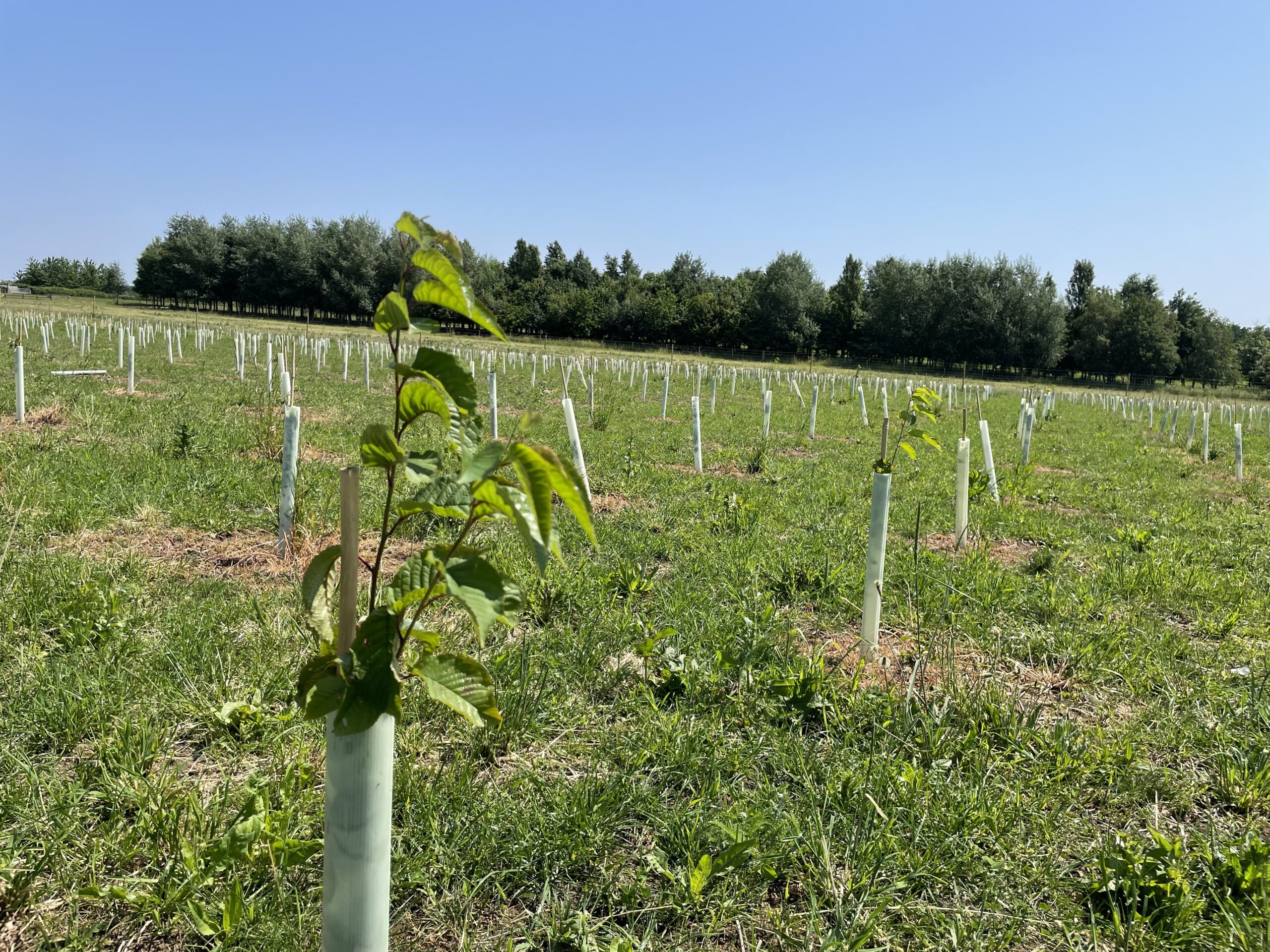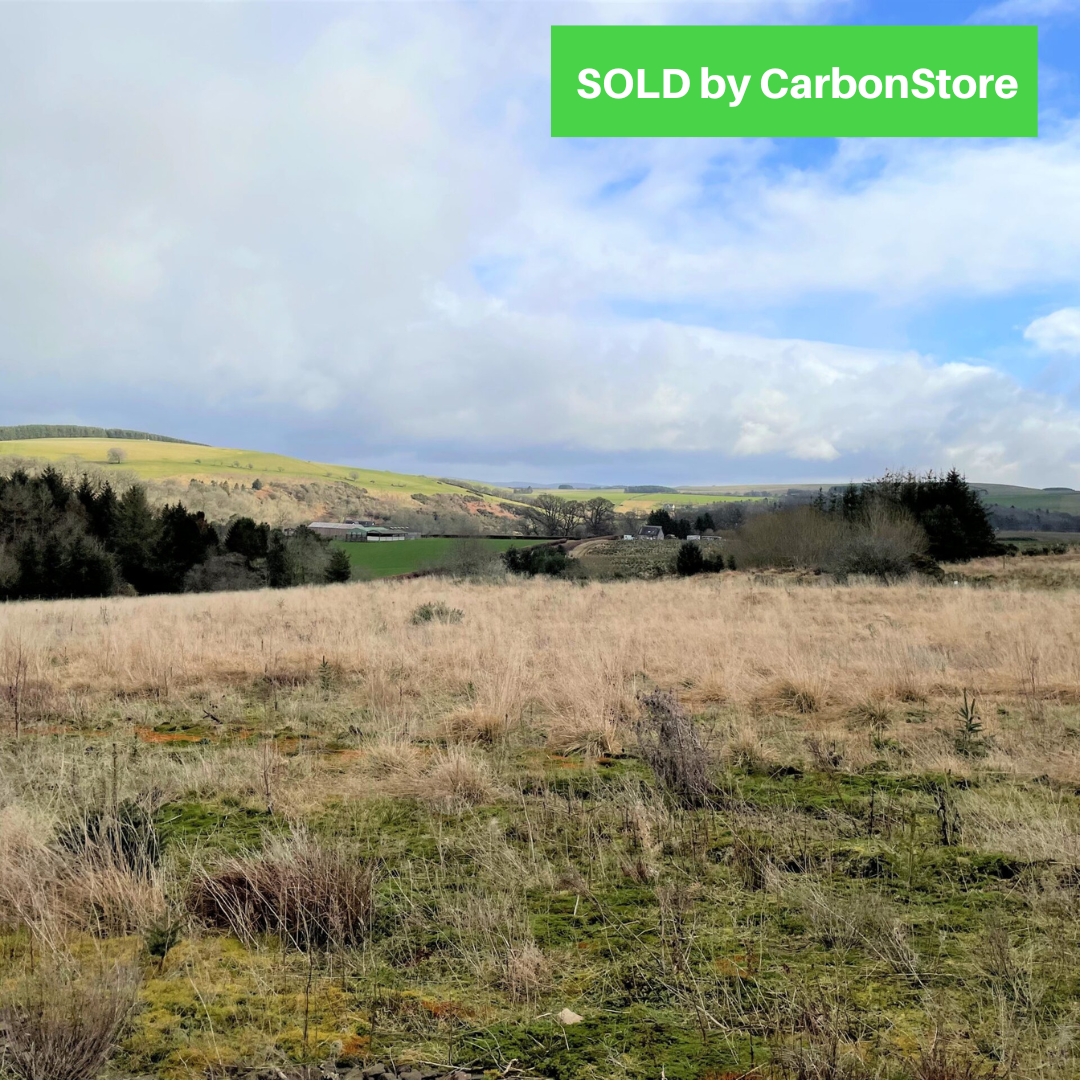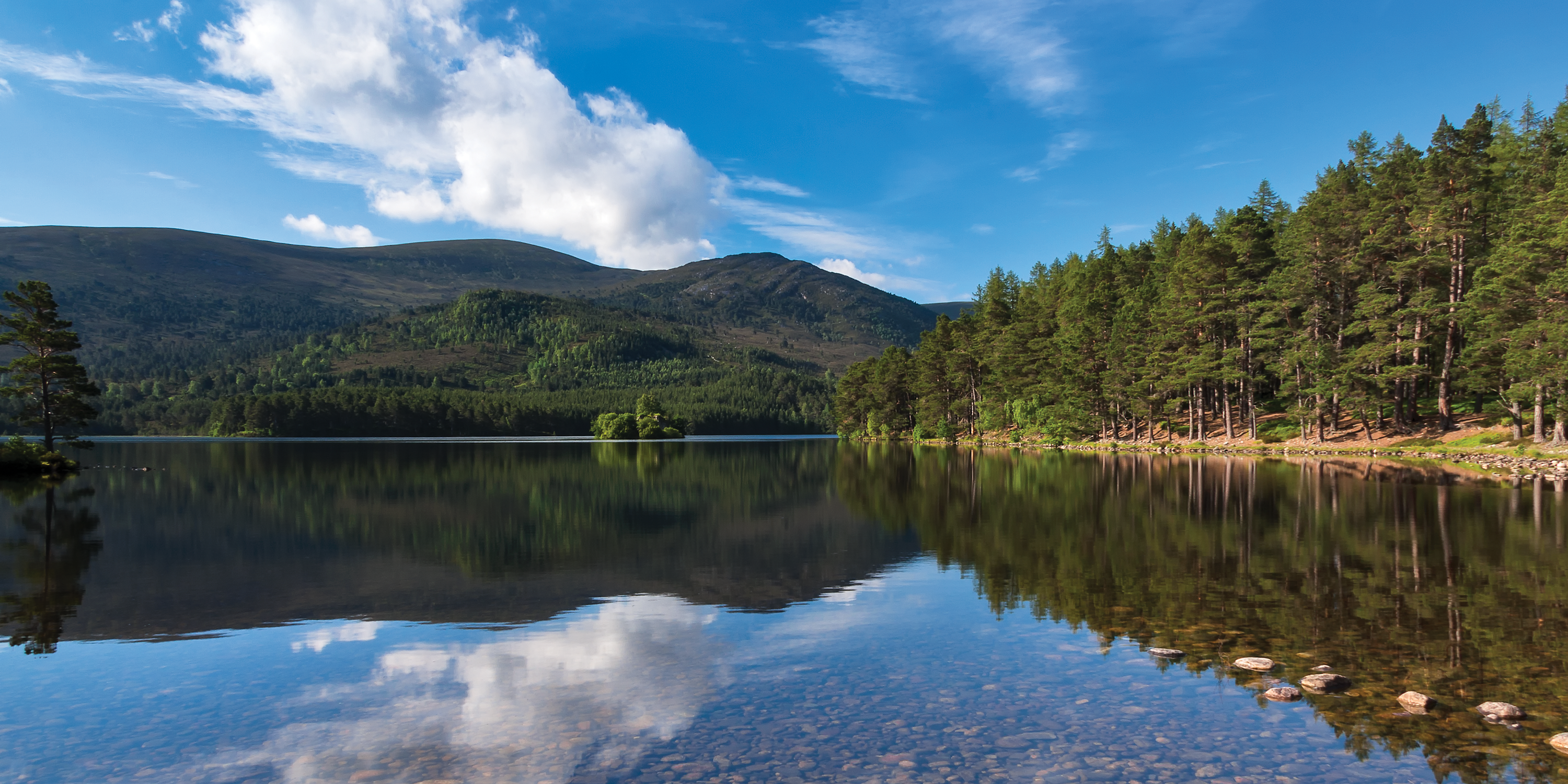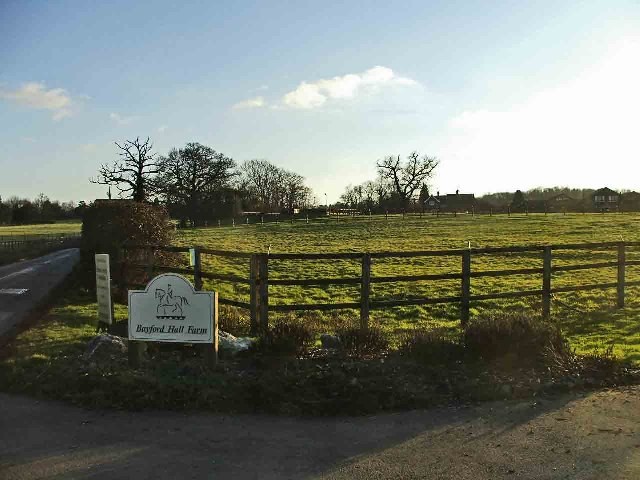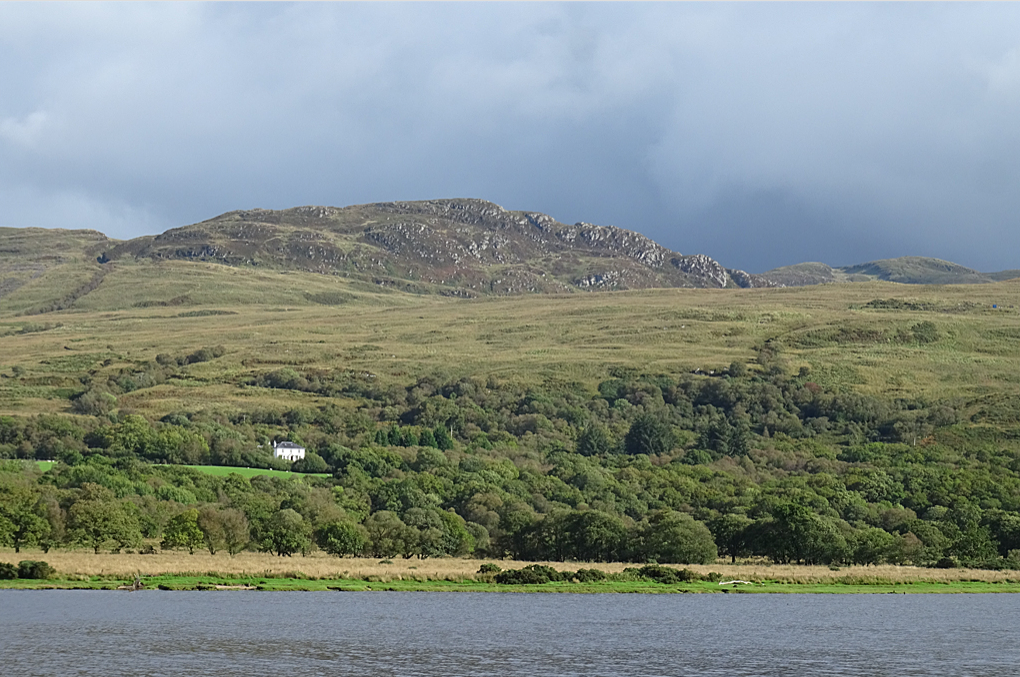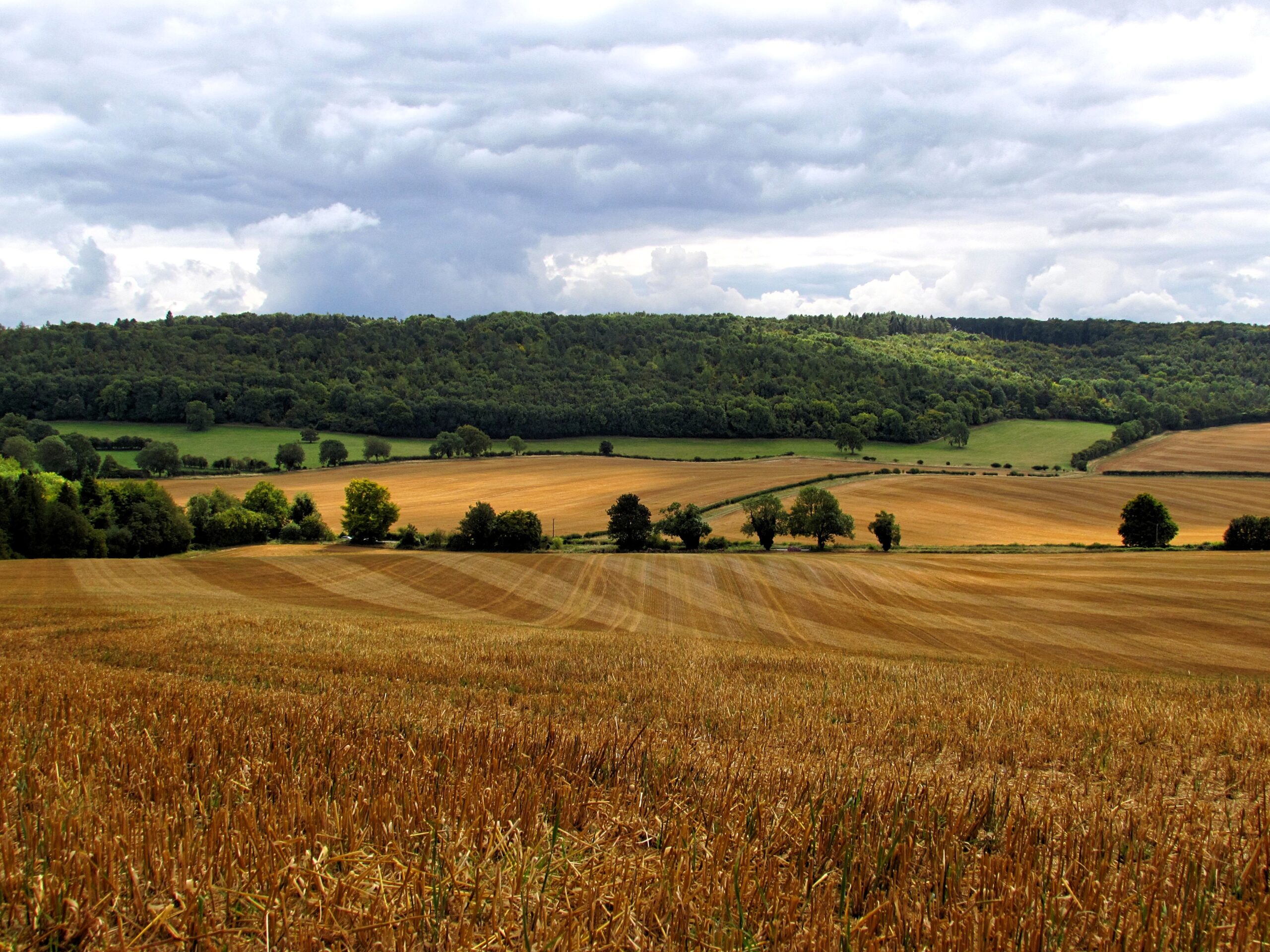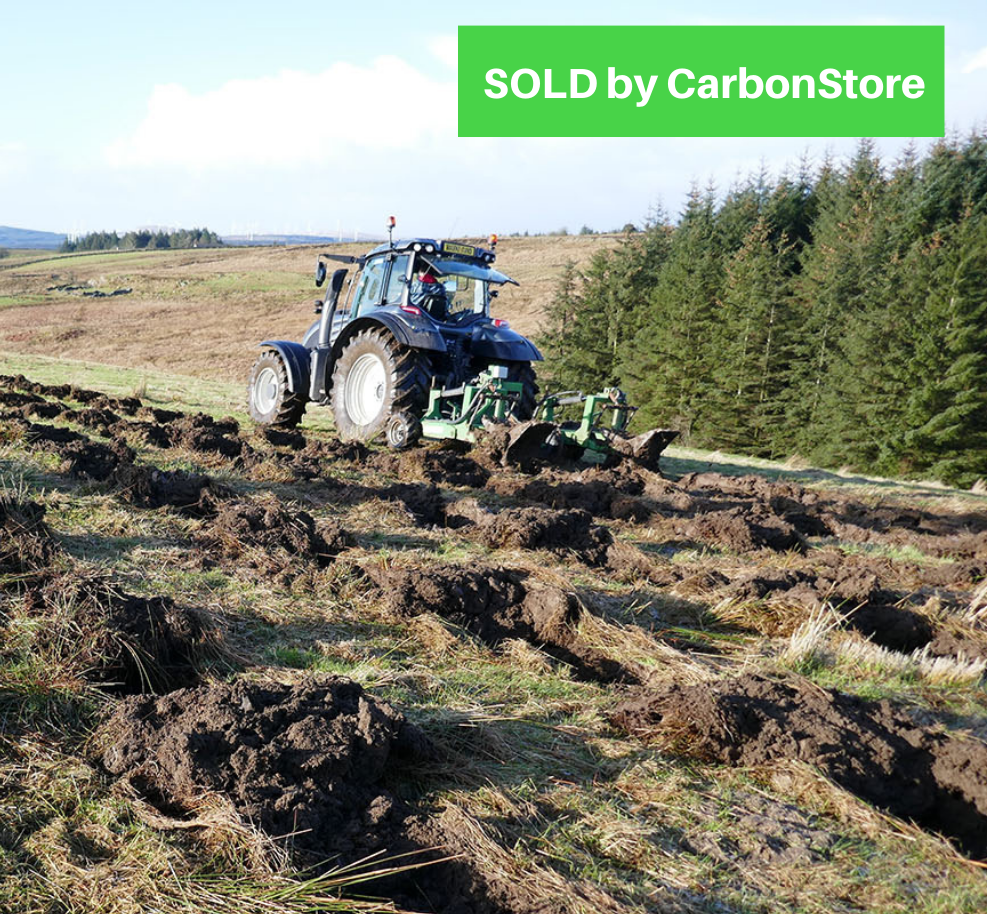6,800 tonnes of CO₂e
Adstockfields Farm
A 22 hectare broadleaf woodland planted on a family farm for diversification, biodiversity and habitat creation, , community access and carbon sequestration in Buckinghamshire, England.
- 22 Hectares at Adstockfields Farm, Buckingham
- More than 46,000 trees were planted across three compartments on the farm.
- The aim is to diversify the farmland through incorporating mixed broadleaf tree species alongside the existing farm business.
- The farmer’s objectives are to diversify the business through incorporating woodlands onto the family run farm.

